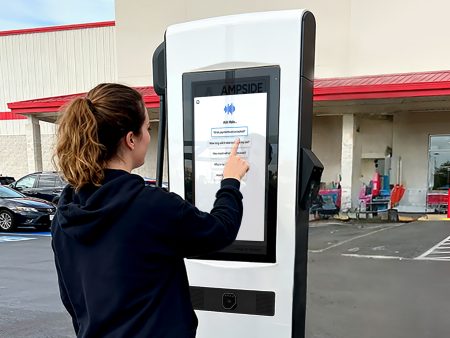Oracle’s Recent Layoffs in Seattle Reflect Shifting Cloud Industry Priorities
In a significant workforce adjustment, Oracle has announced a second round of layoffs affecting its Seattle operations, cutting 101 employees according to a recent filing with Washington state’s Employment Security Department. This follows closely behind an earlier August 13 filing that revealed 161 worker terminations as part of what appears to be a broader restructuring across the company’s global operations. Social media posts from Tuesday confirm that these cuts have impacted various roles within the organization, from engineering positions to sales teams, signaling a substantial realignment for the cloud and database giant in the Pacific Northwest.
Over the past decade, Oracle has established a meaningful presence in the Seattle region, building up a workforce of approximately 3,800 employees according to LinkedIn data. The company has strategically positioned itself in this tech hub, forming important partnerships with local industry leaders including Microsoft and Amazon. These collaborations have allowed Oracle to strengthen its competitive position in the cloud computing marketplace while leveraging the region’s deep talent pool. Despite these partnerships and its established presence, the company now finds itself making difficult staffing decisions that affect its Seattle-based operations, raising questions about its future growth strategy in the area.
These layoffs come at a time when the cloud computing landscape is undergoing significant transformation, primarily driven by the explosive growth of artificial intelligence technologies. Oracle, alongside competitors like Microsoft and other cloud service providers, has been investing heavily in expanding infrastructure capacity specifically designed for training and running sophisticated AI models. These capital-intensive projects require enormous financial resources, creating a delicate balancing act for companies trying to fund future growth while maintaining profitability. The pressure to reduce operating costs while simultaneously increasing capital expenditures appears to be a driving factor behind these workforce reductions, reflecting an industry-wide trend rather than Oracle-specific challenges.
The broader context of these layoffs reveals a pattern emerging across the technology sector. Microsoft, another major player in the cloud space, recently eliminated over 15,000 positions globally, indicating that even the most established technology companies are recalibrating their workforce needs in response to changing market conditions. This restructuring occurs despite Oracle’s healthy financial performance, having reported an 11% revenue increase to $15.9 billion in its most recent quarterly report. The company’s stock has performed impressively as well, appreciating by approximately 35% year-to-date, suggesting that these cuts are more strategic than financially necessary for immediate survival.
Oracle’s Seattle presence represents just a fraction of its global workforce, which exceeds 162,000 employees worldwide. The downtown Seattle Cloud Experience Center has served as a showcase for the company’s cloud technologies and commitment to the region. However, these consecutive rounds of layoffs raise questions about Oracle’s long-term investment in the Seattle area, despite the region’s status as a technology hub rich with specialized talent. For affected employees, these cuts come during a period of conflicting signals in the technology job market, with some companies announcing hiring freezes while others continue to compete aggressively for specialized AI and cloud computing talent.
Looking ahead, Oracle’s strategic direction appears focused on positioning itself for the next evolution of cloud computing, one increasingly dominated by artificial intelligence capabilities and specialized infrastructure. The company’s willingness to make difficult personnel decisions while maintaining strong financial performance suggests a forward-looking approach that prioritizes long-term competitive positioning over short-term staffing stability. For Seattle’s technology ecosystem, these layoffs represent another adjustment in the ongoing evolution of the region’s employment landscape, as companies continuously recalibrate their workforce to align with emerging technologies and changing business priorities. As Oracle navigates these transitions, both employees and industry observers will be watching closely to see how the company balances its infrastructure investments with its human capital needs in the competitive cloud computing marketplace.














